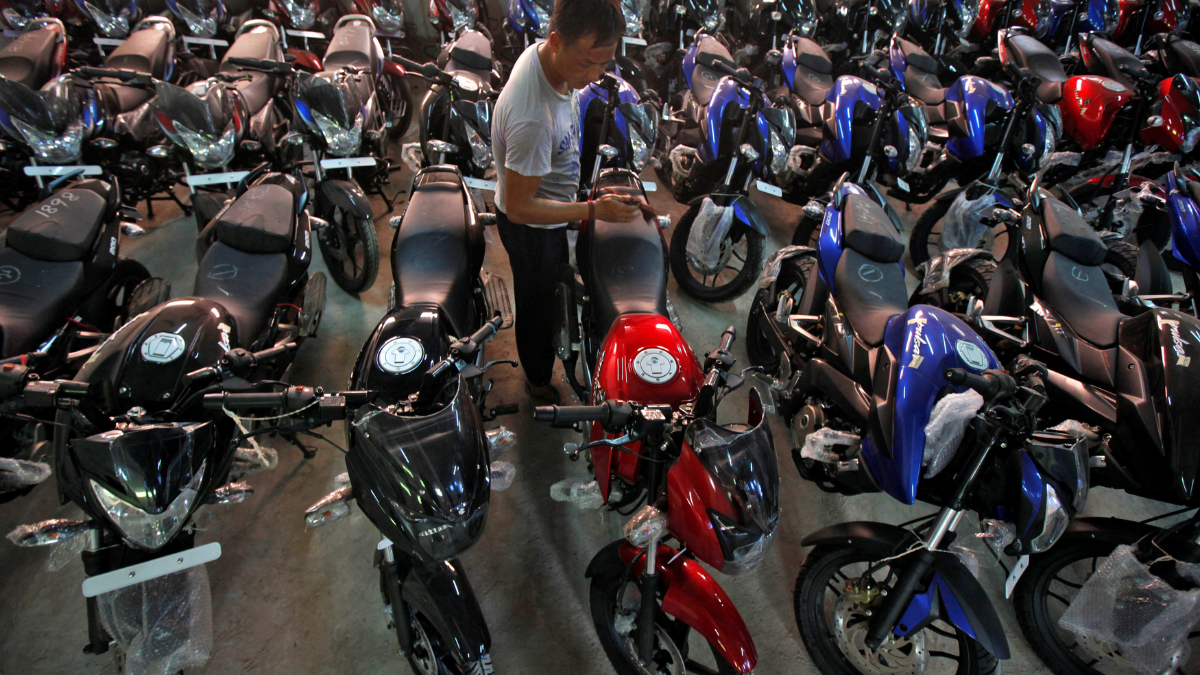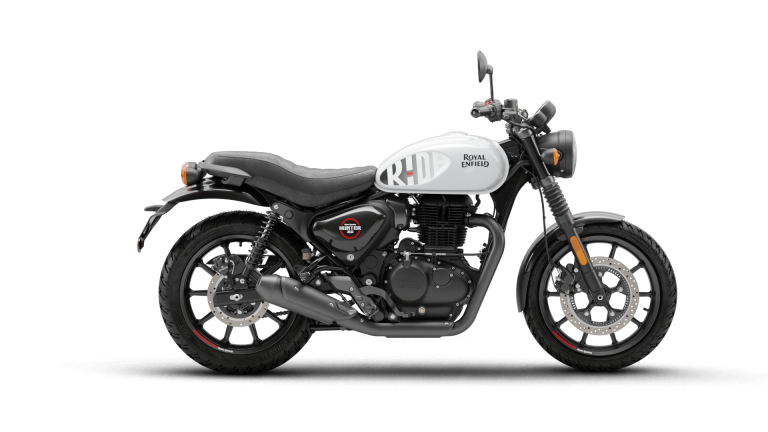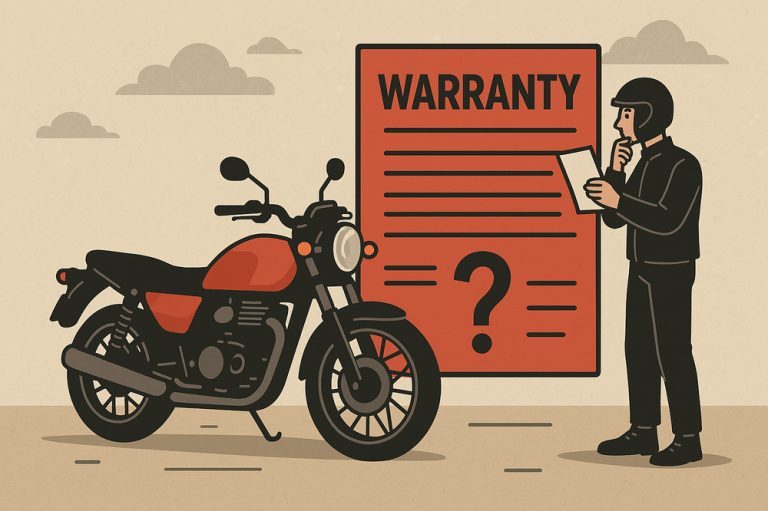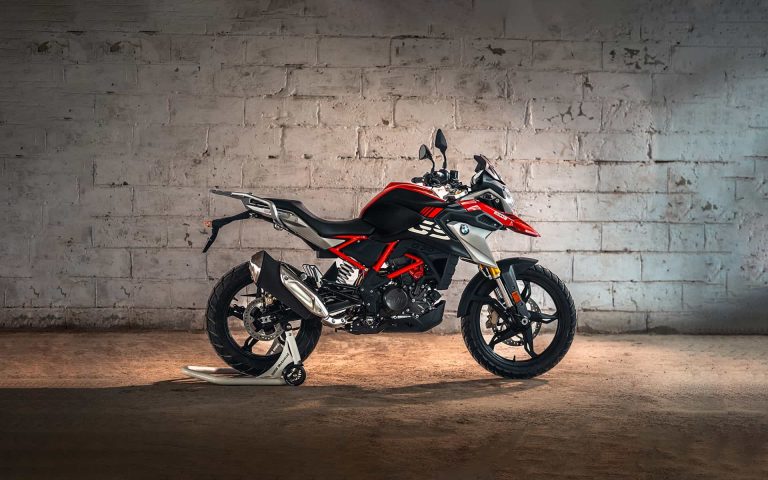The Indian two-wheeler market is one of the largest and most dynamic in the world, yet ironically, it’s also where consumers often receive compromised or watered-down products. While we continue to top the global charts in two-wheeler sales, the quality, technology, and reliability of these machines are frequently questioned. But why is India still being served detuned, downgraded, or poorly tested versions of global models?
Let’s deep-dive into the reasons.
1. Price Sensitivity Dominates the Segment
The biggest driver in India’s two-wheeler market is cost. The majority of buyers prioritize affordability over features or long-term value. This forces manufacturers to:
Cut corners on components
Use low-cost materials
Skip advanced safety or electronic aids
Leave out premium build quality
Even global brands adjust their offerings to match the Indian buyer’s expected price point—often at the cost of performance and durability.
2. Volume Over Value: The Numbers Game
With over 15 million units sold annually, India is a volume-driven market. OEMs often chase sales numbers, not product excellence. This leads to:
Faster rollouts with inadequate long-term testing
Prioritizing looks over real-world durability
Neglecting rider-focused refinement
In short, success is often measured by how many bikes are sold, not how well they perform in real-world conditions.
3. Quality Control & Supplier Dependency
Many OEMs outsource components like suspension, brakes, electronics, and fasteners to local vendors. Unfortunately, the quality of these suppliers can vary drastically. Weak quality control pipelines or lax auditing standards result in:
Poor fit-and-finish
Fastener failures
Reliability issues in key systems
This is often swept under the rug until rider complaints start piling up—or worse, until safety incidents occur.
4. India-Specific Models: Not Always a Win
Several manufacturers design India-specific models, but instead of local innovation, these often become trimmed-down versions of their global counterparts. Detuned engines, downgraded suspension, or absent electronic rider aids are common. These changes aren’t always made for terrain suitability—they’re often done just to save cost.
5. Lack of Consumer Pushback
Unlike Western markets where recalls and class-action lawsuits are common, Indian consumers rarely demand accountability. This gives manufacturers a wide margin to deliver just the bare minimum. The mindset of “chalta hai” or “adjust kar lo” has normalized mediocrity in product quality.
6. Lack of Transparent Product Testing
Many products are launched without sufficient real-world validation. The infamous “test in the hands of the customer” approach leads to bikes failing under regular riding conditions. Whether it’s engine overheating, fragile electricals, or structural bolt failures—these are often caught by owners, not during internal QA.
Conclusion: It’s Time to Change the Narrative
The Indian two-wheeler rider is more informed, more demanding, and more adventurous than ever before. From off-road trails to cross-country rides, the expectation from machines has evolved. But until manufacturers begin respecting Indian buyers with the same quality and attention as global markets, the cycle of compromise will continue
It’s time the market stops treating us as just a number and starts seeing us as motorcyclists who deserve better.



